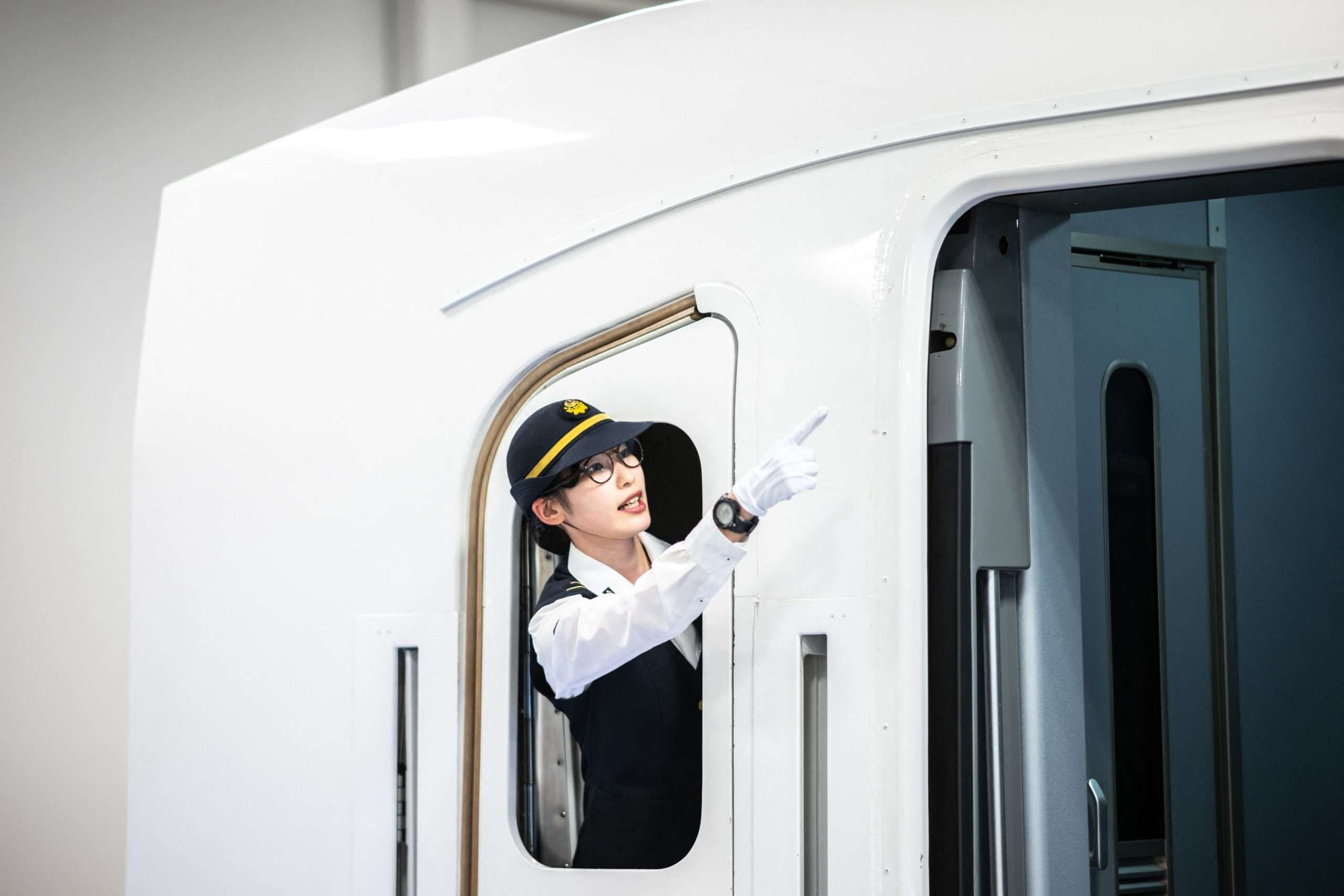Sixty years ago, on October 1, 1964, the Shinkansen departed from Tokyo for Osaka, ushering in a new era of rail travel. It’s hard to believe that when the project was proposed, there were protests over land acquisition, concerns over cost and whether it was really needed in an era when air travel was being democratized.
A similar debate is now taking place in India regarding the 508 km long Mumbai-Ahmedabad high-speed rail corridor. But many arguments can be made in favor of Bullet Train Nation. Decades of rapid economic growth have strained India’s iconic railway system. No matter how many new lanes are added, highways and roads remain clogged with traffic congestion. The growing middle class has pushed India’s aviation market to third in the world in passenger volume, which is projected to reach 500 million per year by 2030. There is clearly a demand for faster, long-distance travel. And millions of Indians are willing and able to pay for it.
A nationwide network connecting India’s largest cities at speeds of 300 km/h or more would transform the country. One can reach Delhi to Mumbai in less than five hours or Bengaluru to Hyderabad in just over two hours. In China, bullet trains have been so successful that airlines have stopped flying between some cities, such as Zhengzhou and Xi’an. Even for long distances where flying may be a little faster, bullet trains are often preferred for their punctuality, comfort and less hassle at the station. The Bullet Train, although more energy-intensive than conventional trains, is a more energy-efficient and environmentally sustainable way to travel than airplanes and cars for the most populous country on Earth.
The benefits of a single high-speed rail line for individual travelers are obvious: fast connections, convenience and reliability. But the benefits to the entire country from a complete network of high-speed rail lines, though difficult to measure, could be far more profound. Existing research shows that China’s nationwide bullet train network improves innovation and work collaboration through face-to-face interactions. Regional clusters of cities and their surrounding areas can be transformed into a single commuting area, which will improve job opportunities for workers. Imagine a Hyderabad-Bengaluru-Chennai high-tech cluster connected by bullet trains. And high-speed rail, like conventional railways, benefits from network effects where each additional line improves the value of other existing lines.

But what about the cost? The revised cost of the Mumbai-Ahmedabad Bullet Train is Rs 1.65 lakh crore, which is equivalent to approximately Rs 325 crore per km. Although this may seem like a large amount, there are a few things to keep in mind. One is that the entire railway network needs expansion on a large scale. Bullet trains can help free up existing track, especially for freight trains which was a major inspiration behind China’s bullet train programme.
Secondly, railways are competing with air and road transport. Although improving existing rail infrastructure may seem like a more cost-effective option, there are limits to how far the current system can be extended. Due to technical limitations, conventional track can only support trains running at certain speeds. And running both slow and fast trains on the same track severely limits the speed of the fastest trains and causes delays. Slightly faster but still frequently delayed train travel will not be enough to win over passengers from aviation and road transport. There will be a true bullet train service.
There are a few ways to deal with the cost. One is through standardization and scale. China created a set of technical and procedural standards that helped reduce the cost of each new high-speed rail project. It deliberately used the scale of its program to encourage investment in production capacity by suppliers and manufacturing firms. Another way to address costs, paradoxically, is to use elevated tracks, bridges and tunnels. This is a strategy that both Japan and China used. While direct construction costs are high, it reduces the problems of land acquisition, which is a major cause of delays and cost overruns. This approach also helps in safety by keeping the track isolated from the surrounding environment.
Can a national bullet train network also be built in India? Absolutely. Indian Railways has made tremendous progress in electrification, gauge conversion and line doubling. Vande Bharat semi-high-speed trains are a triumph of Indian engineering and manufacturing. The mega dedicated freight corridor, comprising 2,843 km of new freight rail lines, is almost complete. The Mumbai-Ahmedabad Bullet Train, despite all its delays and problems, has now ended land acquisition. And don’t forget about the many metros emerging across the country.
Ultimately, is the bullet train a luxury just for the rich? It depends on how the fare is determined. In China, many migrant workers can afford to take the bullet train between their work and hometown. Even if the fare is set too low to make a profit, as is the case with many lines in China, it is more than acceptable. The National Bullet Train Network is an investment in India’s economic and environmental future.
Disclaimer
The views expressed above are the author’s own.
end of article

















